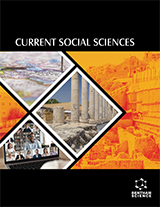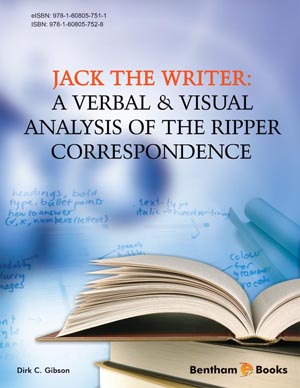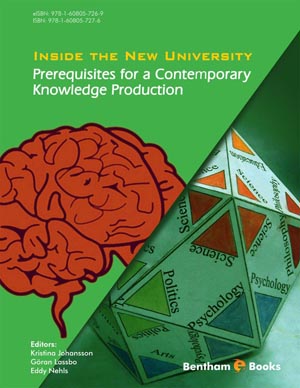Abstract
The sudden outbreak of Coronavirus has impacted almost everyone. The
education sector has seen a major transformation. The pandemic introduced the world
to the concept of Virtual Education. As per the survey conducted by UNESCO, in 2020
around 1.07 billion students were affected due to this corona outbreak which affected
approx. 61% of the student population globally. From traditional brick-and-mortar
schools, students started shifting to this new mode of learning. Video conferencing,
social media, etc. became new venues for the creation of knowledge. Not only students
but even skilled professionals started this online platform to upgrade themselves. The
pandemic has completely replaced traditional teaching pedagogies with trends like
participative learning, experiential learning, and problem-solving methodology. This
blend of device-based and verbal learning will help in developing the cognitive ability
of the students to a remarkable level. Forbes estimates that the size of the global elearning market would rise from $165.36 billion in 2014 to $325 billion in 2025. To
keep ourselves abreast with this world of online education, a few trends need to be
highlighted. Trends like Artificial Intelligence, Microlearning, Gamification,
Blockchain, Mixed reality, and Personalized Learning will influence how students
learn now and, in the future. Also, it raises the completion rates of courses, streamlines
the process of learning, improves productivity, and boosts the satisfaction of the user.
This chapter will be focusing on these trends and how these trends are impacting the
entire community of online learners with reference to real-life examples. By making
use of these innovative trends’ user experience can be enriched and immersive
environments can be created.













